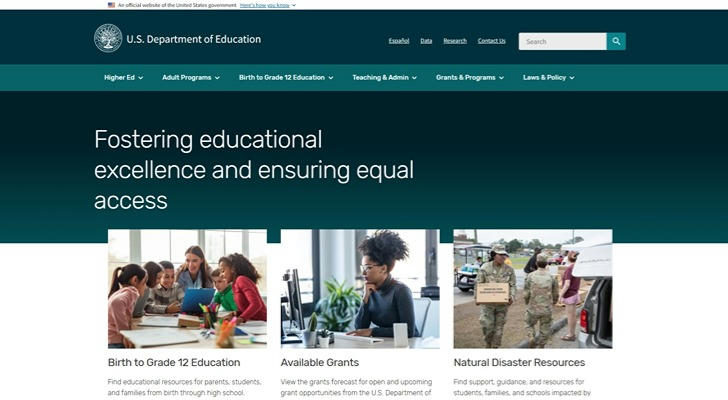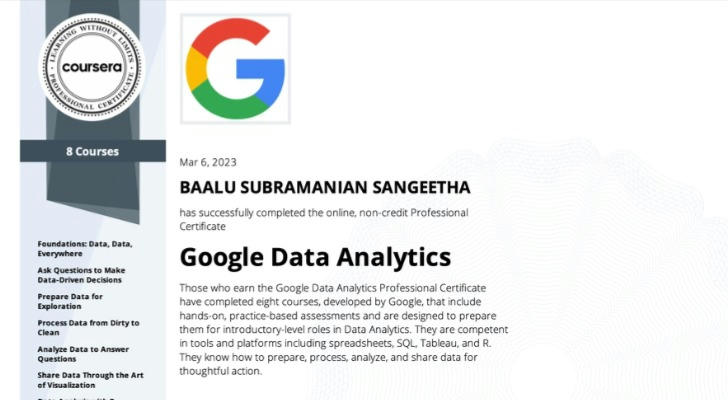How to Choose the Right Online Course and Why It Can Benefit You
How to Choose the Right Online Course and Why It Can Benefit You
Online learning has become an essential tool for career growth, skill development, and personal enrichment. But with so many courses and platforms available, how do you choose the right one? Let me analyze it step by step.
1. Why Online Courses Are Worth Considering

According to a report by the U.S. Department of Education, students in online learning environments perform modestly better than those in traditional face-to-face instruction. In addition, a study by Coursera found that 87% of learners reported career benefits such as getting a promotion, a raise, or starting a new career.
Here’s why online courses are becoming the preferred way to learn:
✅ Flexible Learning Schedule – Study anytime, anywhere, at your own pace.
✅ Wide Range of Subjects – Learn everything from coding to business, design, healthcare, and more.
✅ Cost-Effective – Often more affordable than traditional in-person classes.
✅ Career Advancement – Gain job-relevant skills and certifications to boost employability.
✅ Self-Paced or Instructor-Led Options – Choose based on your learning style.
2. How to Choose the Right Online Course
With thousands of courses available, making the right choice can be overwhelming. Here’s a step-by-step guide to help you:
Step 1: Define Your Learning Goals
Before selecting a course, ask yourself:
Do I want to switch careers or improve skills for my current job?
Am I looking for professional certification or just learning for personal growth?
How much time can I commit each week?
🔹 Pro Tip: If your goal is career advancement, look for courses that offer industry-recognized certifications.
Step 2: Research the Best Platforms
Different platforms specialize in different types of courses. Here’s a quick comparison:
| Platform | Best For | Course Types | Certifications Available? |
|---|---|---|---|
| Coursera | University-level education | Business, tech, health, data science | Yes (from universities) |
| Udemy | Affordable, self-paced learning | Wide variety (tech, design, personal development) | No (but skill-based) |
| edX | Academic courses from top universities | Business, humanities, science | Yes (Harvard, MIT, etc.) |
| LinkedIn Learning | Career and business skills | Leadership, marketing, finance, design | Yes (LinkedIn certificate) |
| Pluralsight | IT & Tech Professionals | Programming, cybersecurity, cloud computing | Yes (tech-focused) |
🔹 Pro Tip: If you need an accredited certificate, choose Coursera, edX, or LinkedIn Learning. If you're learning for skill-building, Udemy and Pluralsight offer great self-paced options.
Step 3: Read Reviews and Course Descriptions
Not all courses are created equal! Before enrolling:
Check student reviews on the platform.
Look at instructor credentials (are they industry professionals or academics?).
Review the syllabus to ensure it covers what you need.
🔹 Pro Tip: Some platforms, like Coursera, allow you to try out courses on a trial basis.
Step 4: Consider Course Duration and Commitment
Some courses take a few hours, while others span weeks or months.
Decide if you prefer self-paced courses or those with set deadlines and instructor feedback.
🔹 Pro Tip: If you're short on time, look for "bite-sized" courses that break content into short lessons.
Step 5: Check for Additional Benefits (Certificates, Career Support, etc.)
Does the course offer a completion certificate that can be added to LinkedIn?
Do they provide job placement assistance or networking opportunities?
Are there any hands-on projects or case studies included?
🔹 Pro Tip: Platforms like Google Career Certificates (via Coursera) offer job placement assistance after completing certain programs.
3. Recommended Courses for Popular Career Paths

If you’re looking to break into a new industry, here are some highly rated online courses to consider:
| Career Path | Recommended Course | Platform | Duration |
|---|---|---|---|
| Data Science | Google Data Analytics | Coursera | ~6 months |
| Programming | CS50: Introduction to Computer Science | edX (Harvard) | Self-paced |
| Digital Marketing | Digital Marketing Specialization | Coursera (University of Illinois) | ~4 months |
| Graphic Design | Graphic Design Masterclass | Udemy | ~20 hours |
| Project Management | Google Project Management | Coursera | ~6 months |
4. How to Stay Motivated and Succeed in Online Learning
Learning online requires discipline. Here are some tips to stay on track:
✅ Set a Study Schedule – Allocate dedicated time slots each week.
✅ Engage with Course Materials – Take notes, complete assignments, and participate in discussions.
✅ Join Online Study Groups – Many platforms have student forums where you can interact.
✅ Apply What You Learn – Work on real-world projects or find internships related to your course.
✅ Track Your Progress – Use a planner or digital tools like Notion or Trello.
Final Thoughts

Online learning is not just about watching videos—it’s about actively building skills that can open new career opportunities.
If you choose the right course, commit to learning, and apply your knowledge, you’ll see real results.
🚀 Ready to start? Pick a course and take the first step toward your goals today!
